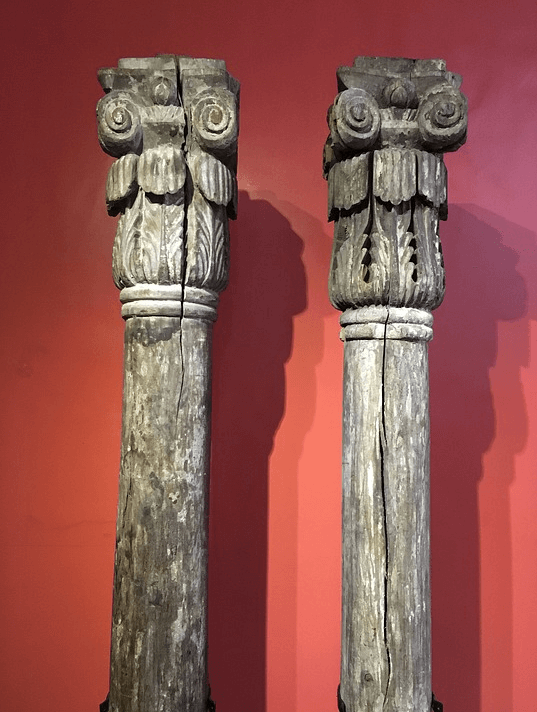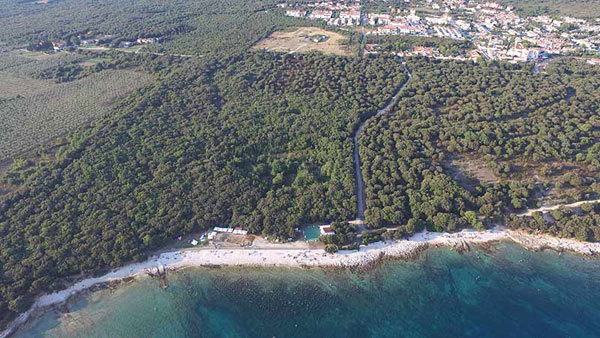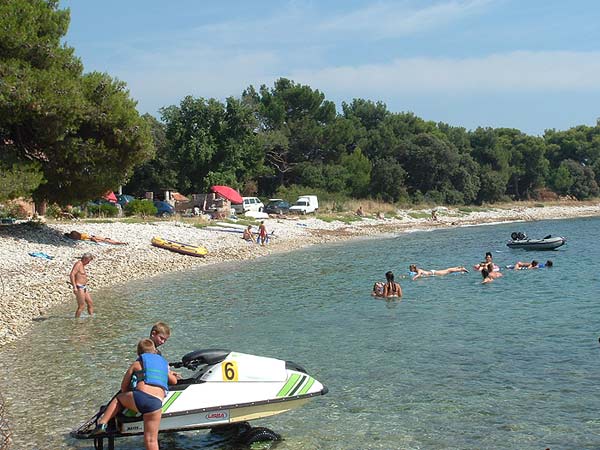Cultural tourism Barbariga
Cultural tourism and cultural experiences attract travelers searching for authentic cultural attractions, heritage sites, museums, and unique cultural tours. With the option of online booking, visitors can easily plan journeys full of art, history, and local traditions. Discover fascinating stories, explore crafts, and connect with diverse cultures through guided tours, exhibitions, and workshops. Whether you seek inspiration, education, or unforgettable memories, cultural tourism offers enriching adventures for every traveler. Start your cultural travel today and unlock a world of timeless beauty and creativity.
Barbariga is a small town located 20km away from the cities of Pula and Rovinj. It is surrounded by beautiful untouched nature as well as olive trees.
Within the town of Barbariga there is an apartment complex made up of many apartments and rooms. Tourists enjoy visiting Barbariga because it offers a variety of restaurants and taverns which provide fresh seafood daily. The town's beauty and natural surroundings render an itinerary directed towards culture and spirituality as well as activities such as sports, hunting and fishing.
The town was named after the family Barbarigo from Venice by two doges, cardinals and ten provincial administrators.
Due to a number of antique findings which come from the roman era, the Barbariga region is archeologically wealthy. Amongst the ruins and the old stone houses, found are the remains of a large plant which was used to process wool and colour textiles, an oil factory which was one of the largest in Istria from the 4th century as well as two large roman rustic villas covered in colourful marble mosaics. The name...
Tourist offers Barbariga
Gastronomy Barbariga
Health Tourism Barbariga
Active Tourism Barbariga
Culture Tourism Barbariga
Nightlife Barbariga
Transfers Barbariga
Events and entertainment Barbariga
Excursions Barbariga
Hotels in Barbariga
Private accommodations in Barbariga
Tourist resorts in Barbariga
Holiday houses in Barbariga
Villas with Pool in Barbariga
Camps, mobile homes in Barbariga
Boat rental in Barbariga
Farm holidays in Barbariga
Hostel in Barbariga
Cultural tourism Barbariga Offer





























 Professional serivce
Professional serivce Quality tourist service
Quality tourist service 14 years in business
14 years in business A large number of satisfied guests
A large number of satisfied guests